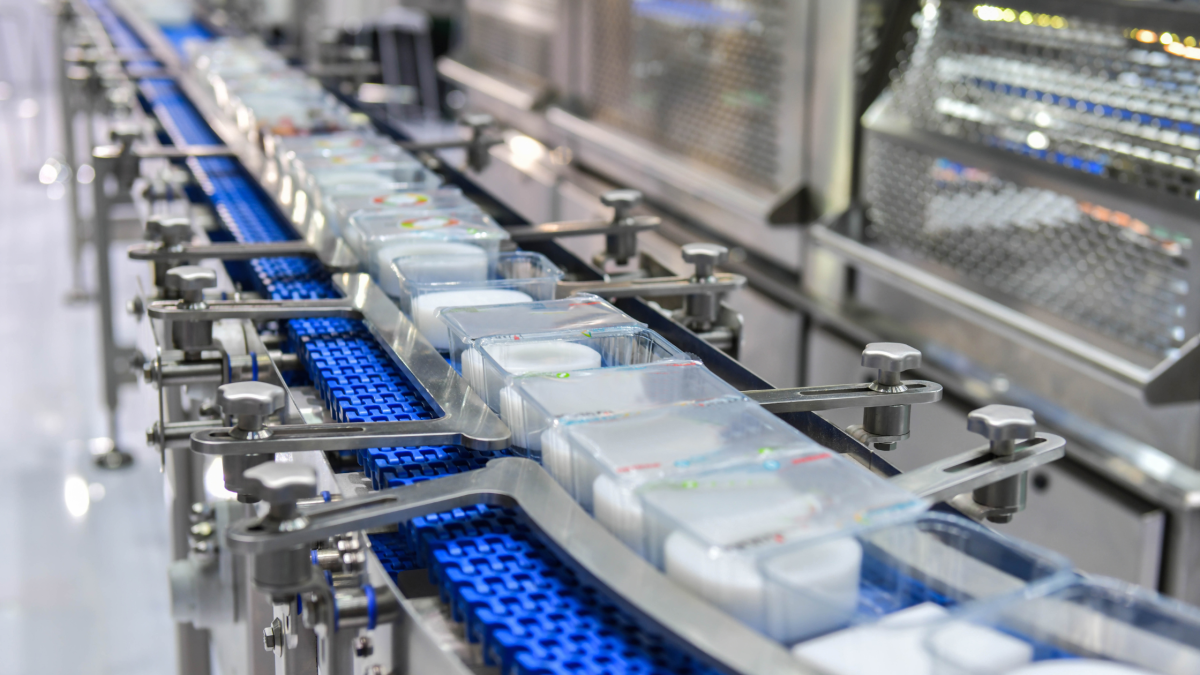The process of heat treatment operations is quite common in the metallurgy industry. Since different metals and materials need to be required in certain properties, this process helps in making metals hard or soft depending upon the varied requirements. Now coming into the scenario for bearings, the bearings come in contact with hard metals which increases the risk of wear and tear resulting in breakdown or decrease in the service life of bearings. To harden the bearing and make it capable of bearing the thrust, weight and friction of other metals, the hardening process is followed through heat treatment to make it apt for all conditions and applications.
The bearings are used in various types of machinery and mechanical systems to reduce friction. As they need to be perfect in shape, size, precision, and quality, the heat treatment operation makes it worthwhile to be used in any application under the toughest conditions.
How Heat Treatment Operation is Performed
The heat treatment operation involves various processes which are aimed towards achieving certain results. Here are some of the points which precisely explain it:
- Heating material under tight controls and specified temperature.
- Holding temperature as per the specific time duration to achieve desired results.
- Performing slow cool to fast cool while following varied methods.
These different conditions determine the changes in metal structures as it results in modification of properties due to exposure to high temperature. Some of the properties that material may develop after heat treatment are hardness and toughness.
Hardening Bearing to Improve its Strength – Why is it used?
The bearings should have desired strength to achieve optimum performance without any failures. To make it work in extreme conditions, there is a need to harden its surface to reduce friction while coming in constant communication with surfaces of other materials. To understand it better, machines may contain various components and bearings are fit in between them to reduce friction. To make the bearing perform in an optimum manner, it is crucial that it withstand a hardened surface.
Types of Hardening Process for Bearings in Heat Treatment Operations
The hardening process is quite crucial for bearings. Here are different types of hardening processes that are performed in heat treatment operations:
- Case Hardening
The Case Hardening process is used to toughen the exterior of the bearing making it apt for shock bearing and wear tear applications. In such a case, the inner part of the bearing will become softer than the exterior. This can also be done through the process of carburizing where the material is heated with carbon-bearing material like charcoal or carbon monoxide making the surface tougher and stronger resulting in resistance to wear and tear.
- Induction Hardening
This type of hardening generates similar results as carburizing but here the electric wire coil is used to achieve desired results and hardening of the material. The electric wire coil works as an inductor here and parts of the bearing which need to be inducted are placed in the copper coil to heat it above the transformation temperature through an alternating current. This process can be specific to certain applications and is mostly used for hardening the raceway of a ball bearing.
- Through Hardening
Through hardening is used to make the tensile strength and hardness of bearing strong which also uses a rapid quenching to change the structure of metal making it tougher. This is the type of operation which makes it tough to the core and performed in such conditions where uniform strength, wear-resistance and hardness is required.
Conclusion
Heat treatment is a very crucial operation for bearings as it needs to be hardened as per the requirement and application to adjust to varied needs. Since bearings are used in different types of machinery in
railways, aeroplanes, automobiles, etc. they need to be built in such a way that it possesses the utmost strength and durability to bear different conditions.





















